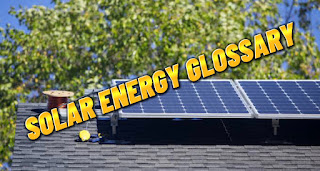Generation, Transmission and Distribution of Electricity
Electricity is a crucial component of our daily lives, and we use it for various purposes such as lighting, heating, cooling, and powering electronic devices. However, the process of generating and distributing electricity is often overlooked.
In this blog, we will delve into the details of power generation, power transmission, power distribution, and power utilization.
Power Generation: The process of generating electricity involves converting energy from various sources such as coal, natural gas, nuclear power, hydropower, wind power, and solar power. These sources are used to turn turbines, which then generate electricity through electromagnetic induction. The generated electricity is then sent to a transformer, which increases the voltage to make it suitable for transmission.
Power Transmission: The high-voltage electricity generated from power plants is transmitted over long distances to cities and towns. Power transmission lines, also known as power grids, are used to transport the electricity. The power is transmitted at high voltages to minimize energy loss during transmission. The electricity is then sent to substations, where the voltage is lowered for distribution.
Power Distribution: The distribution of electricity involves the final stage of delivering electricity to consumers. The distribution network consists of transformers, distribution lines, and distribution substations. The electricity is distributed at lower voltages to homes and businesses. The distribution lines are often above ground and can be seen running along poles or buried underground.
Power Utilization: Finally, the electricity is utilized by consumers for various purposes such as lighting, heating, cooling, and powering electronic devices. The consumption of electricity is measured in units, and consumers are billed accordingly. It is important to use electricity wisely and conserve energy whenever possible to minimize waste and reduce costs.
In conclusion, power generation, power transmission, power distribution, and power utilization are all integral parts of the electricity supply chain. Understanding the process can help us appreciate the importance of electricity in our daily lives and encourage us to use it responsibly.




Comments
Post a Comment